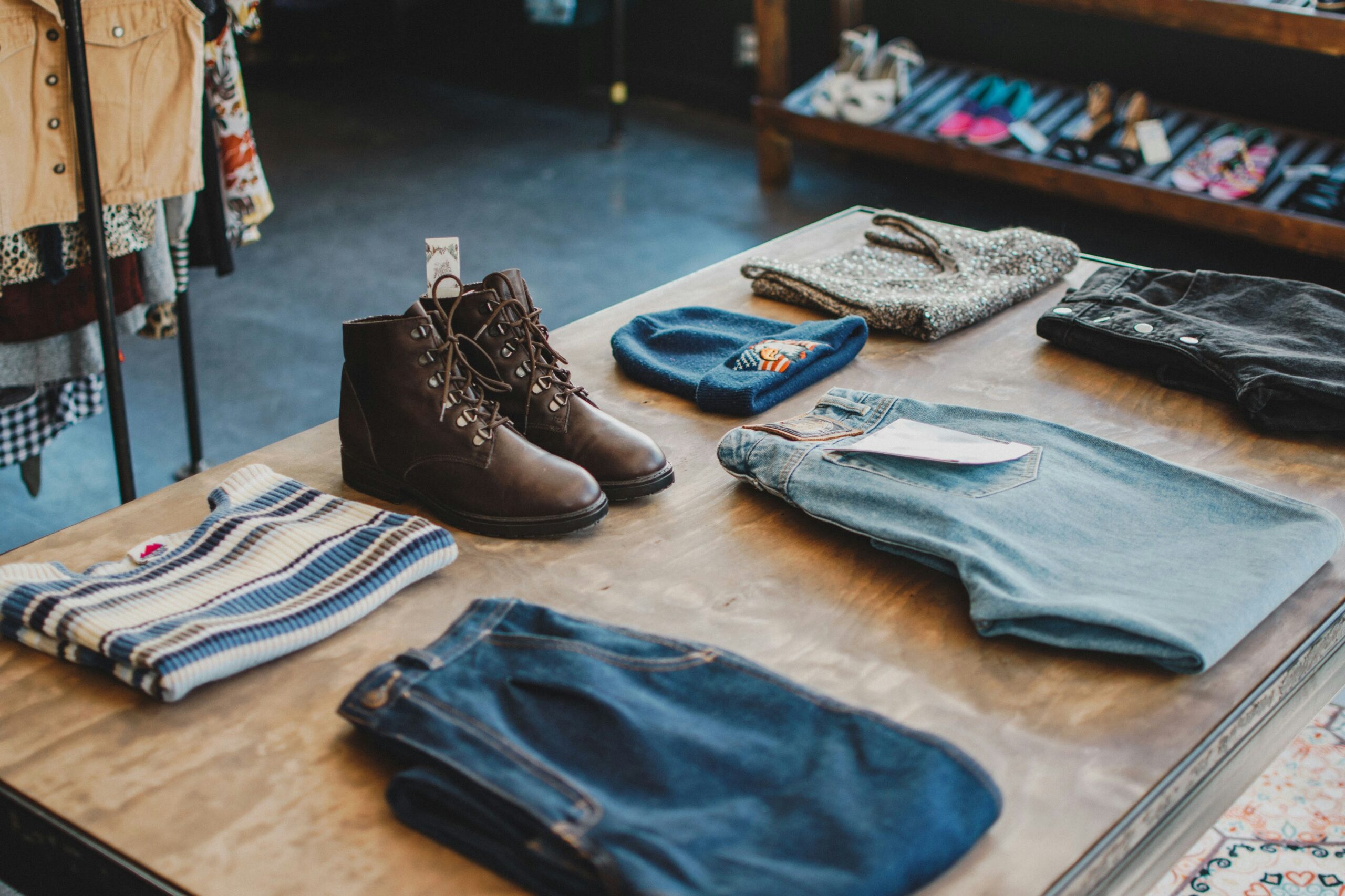Special thanks to Brush Your Teeth Bro for sending this box of Miswak sticks for me to try out! I thought bamboo toothbrushes were the most eco-friendly toothbrushes around but not until I get to know about these Miswak sticks are not only biodegradable but also contains minerals like fluorine which helps strengthen the teeth.
The first question that comes right up to my mind was – where do these Miswak sticks originally come from? It turns out that these were actually the twigs of the Salvadora persica tree (a.k.a mustard tree). The Arabs were the ones who discovered the use of Miswak sticks which also has anti-bacterial properties that help prevent the formation of plaque on the teeth. And do you know that the World Health Organization recommended Miswak as a healthy alternative to the toothbrush in 2008?
So how are we supposed to brush our teeth with a twig from a tree?
The sticks were all sealed in air-tight plastic pockets to retain freshness. The sticks also come with plastic containers to store the used Miswak toothbrushes.The package also came with an instruction card which shows how the Miswak toothbrush could be used.
Miswak Stick Cases
Instruction Card
How to use A Miswak?
1. You first have to bite off the outer layer of the Miswak. I find it easier to just chew on it and then peel off the outer layer with your fingers. The core of the Miswak is supposedly the ‘bristles’ of the toothbrush. The Miswak sticks do have an unpleasant taste to it but thankfully, it isn’t that repulsive. I got used to the smell and taste of the Miswak after chewing it for some time.
2. Use your molar teeth to chew the core of the Miswak till the fibres of the stick become soft and frayed. That’s how you create a toothbrush out of a twig! The people living in the past were such geniuses!
3. Gently brush your teeth with the Miswak toothbrush. Make small circular motions with the sticks as you clean your teeth.
4. Once you’re done, rinse the stick under water and then store it into the given plastic cases. At the end of the day, remember to trim off the frayed bristles with a scissors or penknife. When you want to brush your teeth the next morning, you would have to chew the stick again to reveal fresh new bristles.
What’s my verdict?
I have to say that with the Miswak sticks as toothbrushes, you could really go zero-waste. Because the whole toothbrush is biodegradable and it doesn’t require any toothpaste. Thus, less water is also used when brushing as you do not have to rinse off any paste from the Miswak. Surprisingly, it does ‘brushes away’ dental plaque quite effectively.
However, there are some downsides to the Miswak brush. First of all, the small ‘bristle head’of the brush makes it really difficult to brush the insides inner surface of the teeth and hard-to-reach places like the molar teeth. Although it does give you that squeaky clean feel on the surface of your tooth enamel, it doesn’t clean out the spaces in between the teeth where food often get stuck at. You also have to continually trim off the bristles to reveal ‘fresh and clean bristles’ to brush your teeth. That means that you would have to store a supply of Miswak brushes at home as each brush probably last you for a week or two. Lastly, Miswak sticks can turn mouldy over time if it is not used within one month or so.
But I can’t deny the fact that it’s truly eco-friendly and it is convenient in some instances like when you’re going for camping and you just want to carry minimal items with you. It is also a great educational tool to teach children about the history of ‘toothbrushes.’ Our modern-day toothbrushes probably originated from Miswak sticks!
I believe that the Miswak toothbrush has got great potential but it just needed to be further improved in term of its functionality in order to suit our modern lifestyle needs.
If you would like to try these Miswak toothbrushes for yourself, check out https://brushyourteethbro.com as they do deliver Miswak sticks to Singapore!


![[Review] Sawadee Thai Cuisine: Authentic Thai cuisine featuring Hometown Flavours From Si Sa Ket, Thailand](https://deeniseglitz.com/wp-content/uploads/2025/04/IMG_6762-150x150.jpeg)
![[Review] Donna Beauty’s new BES Facial Therapy](https://deeniseglitz.com/wp-content/uploads/2025/04/IMG_5065-150x150.jpeg)













Nice article, i might want to try it out someday. Though I wouldn’t consider it a zero waste product thanks to the plastic packaging, after all it can’t be zero waste when there are going to be leftover plastic that can’t be reused or recycled.